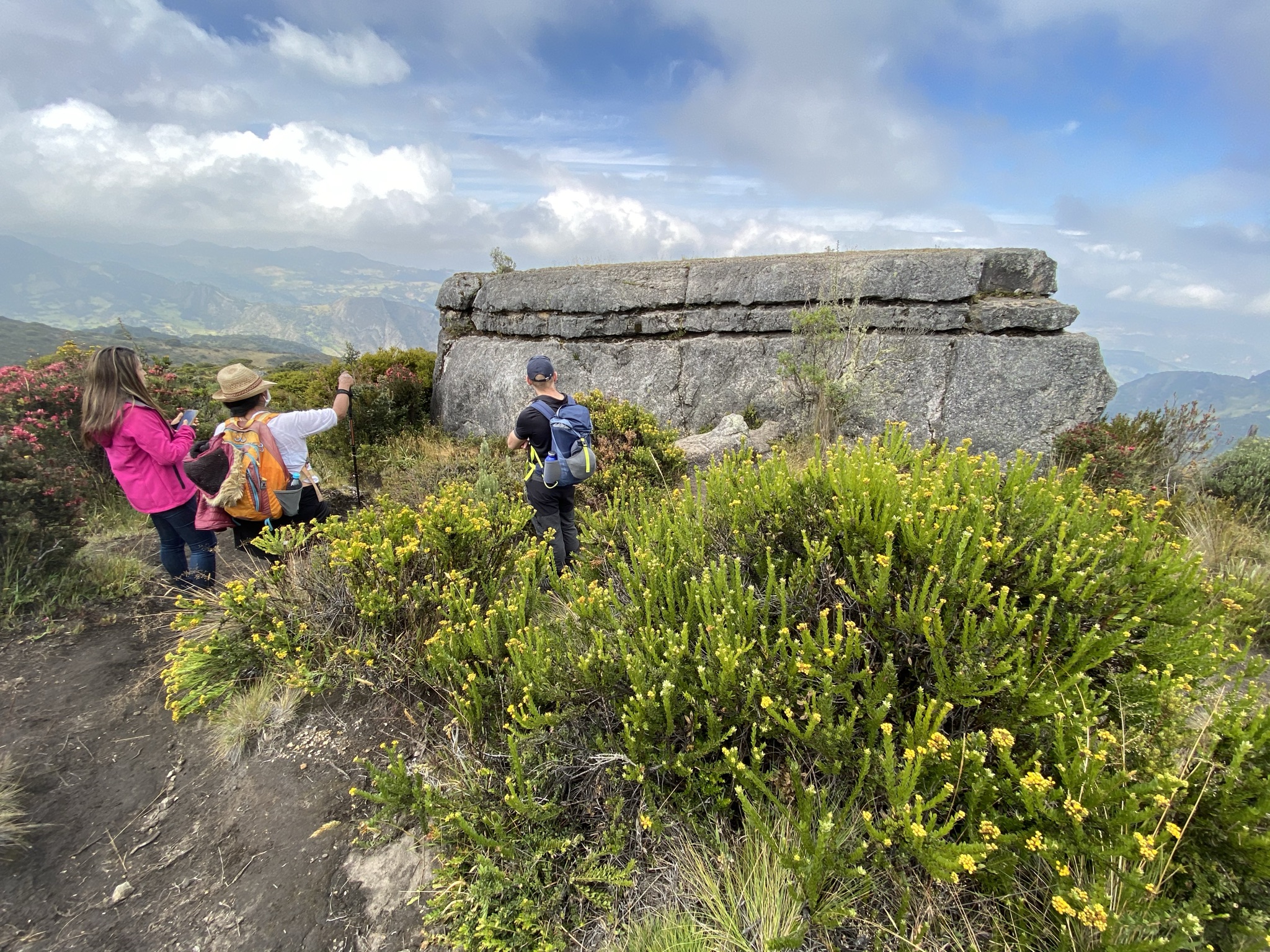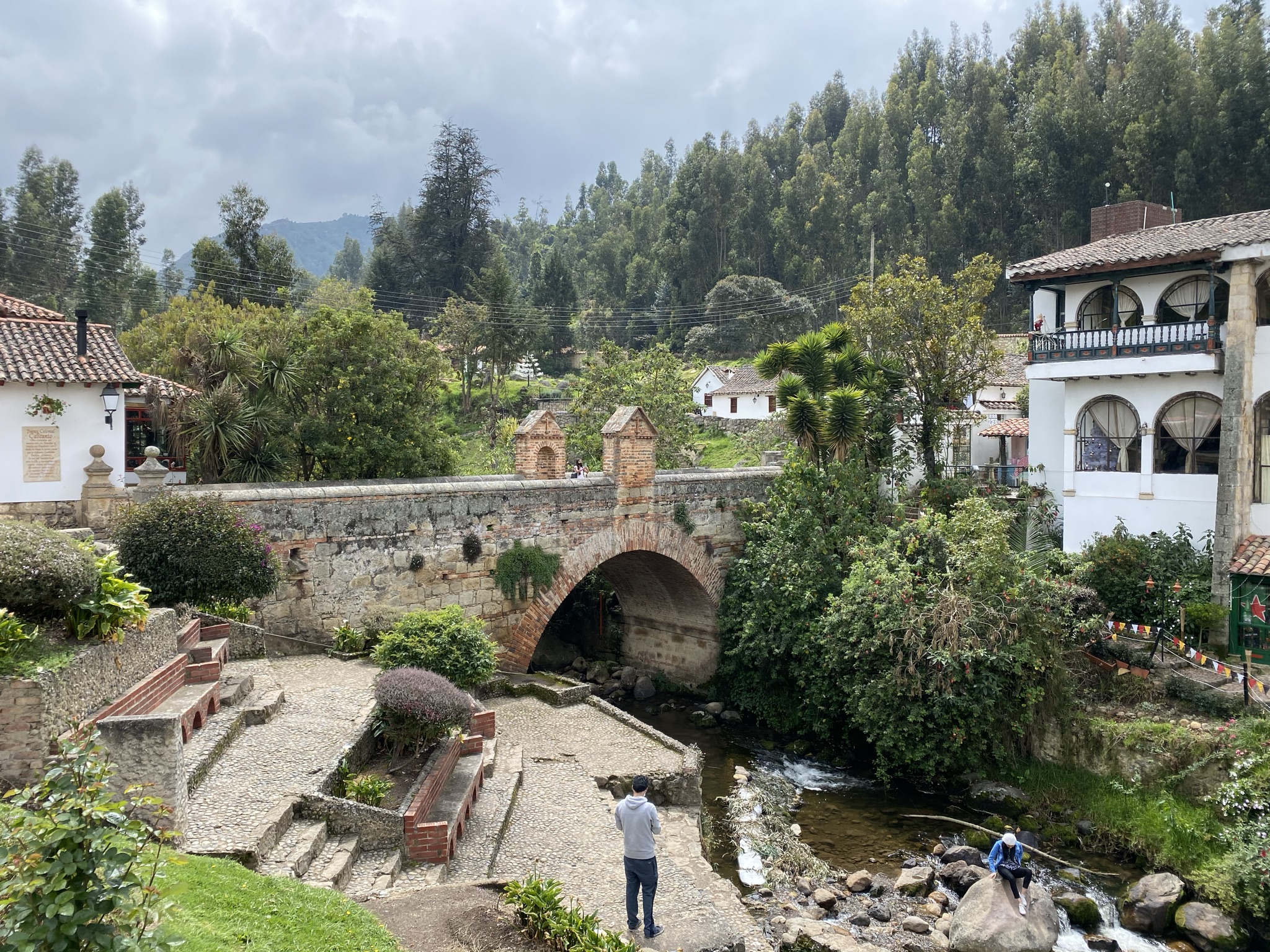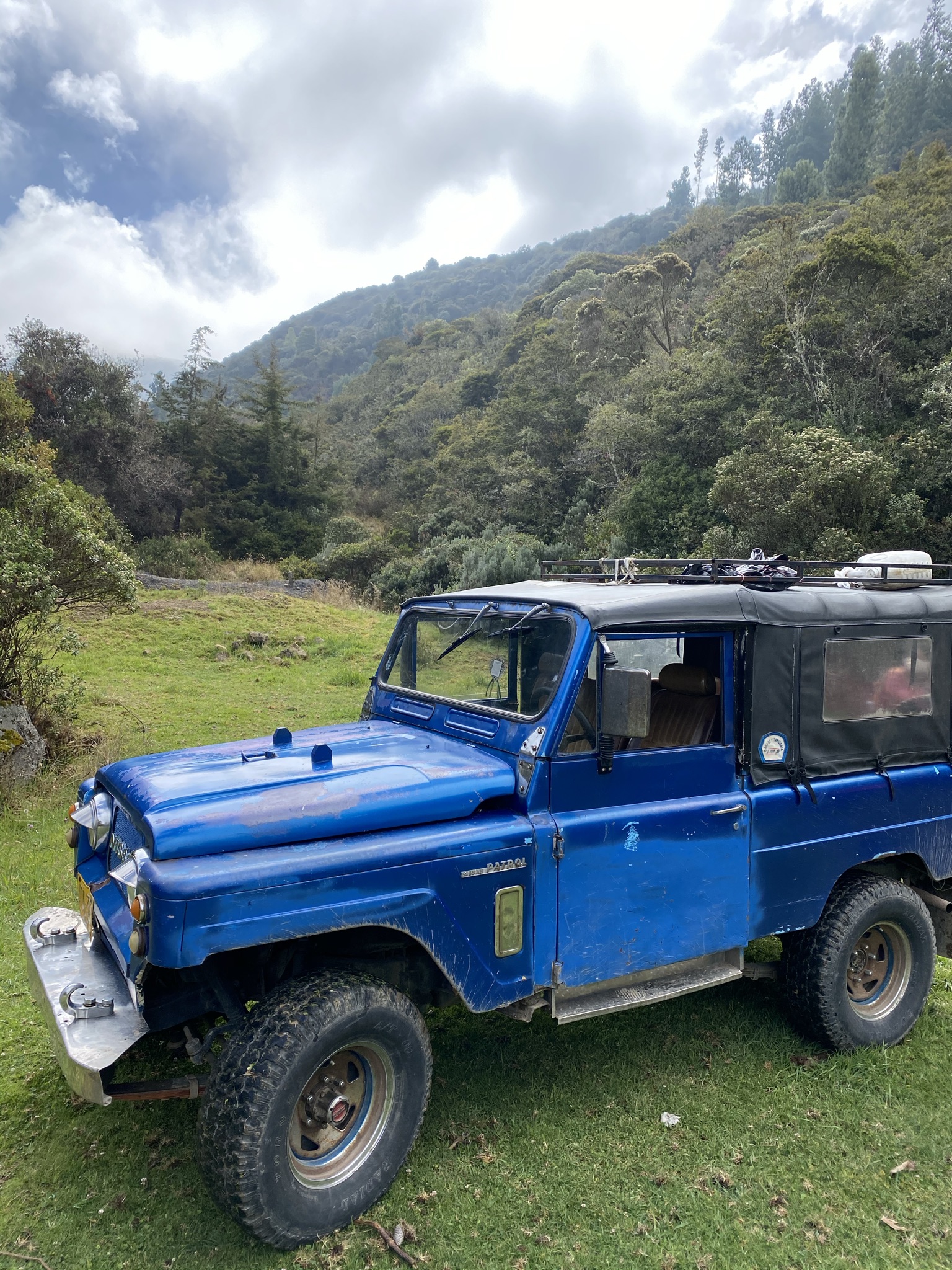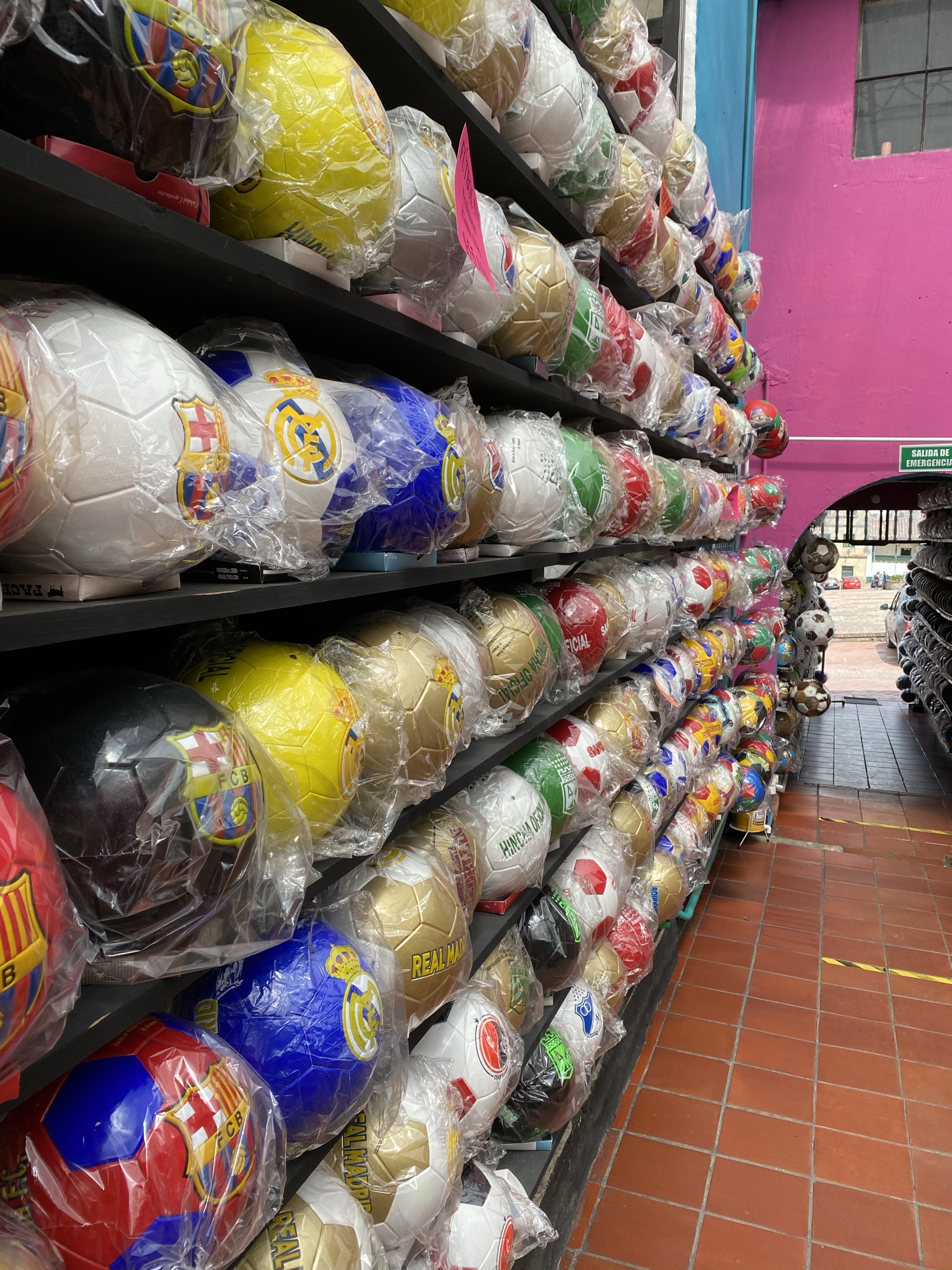Monguí and Páramo de Oceta
The sacred land of the Muiscas and real life museum of footballsWhat so see and do in Monguí
Although much less touristy than Villa de Leyva, Monguí is one the most beautiful towns of Boyacá and it is totally worth a visit, regardless if you are a football fan, a nature lover, or just an amateur photographer in search of seldom explored places.
This former coal-mining region, which now hosts the largest ball-manufacturing industry in Colombia, offers a very well conversed colonial-style architecture, breathtaking views of the mountains, and prime access to one of the most beautiful Paramos in the world: the Páramo de Oceta.
We recommend at least one night and two days here, although our own COVID-restricted visit was of only 1,5 days. Recommendations and tips here are therefore also based on conversations with locals and friends who have visited Monguí for longer periods of time.
Note: This is the first entry of a series showcasing current (and previous) coal mining regions in Colombia, which Paola is particularly interested in thanks to her doctoral research.

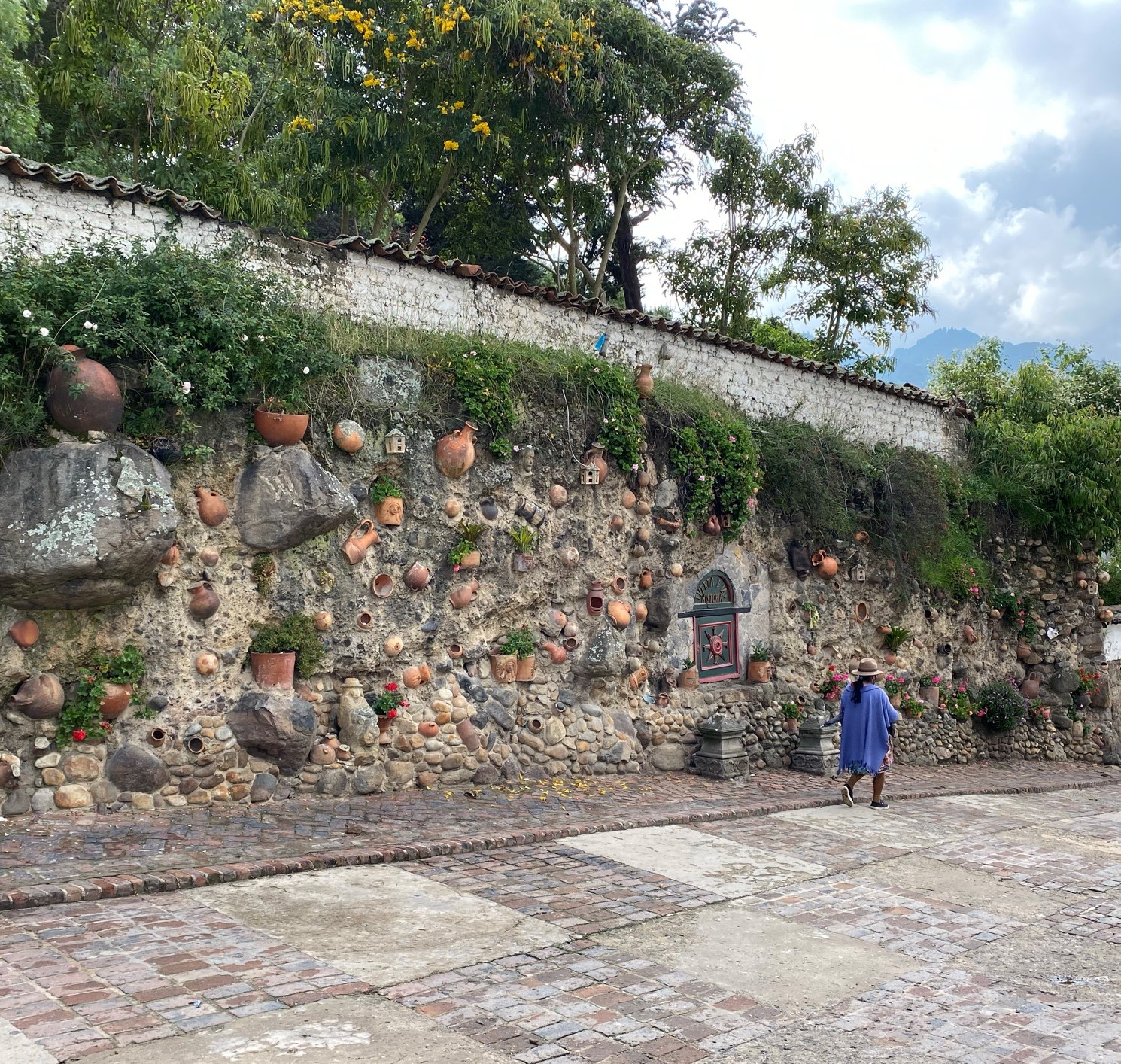
Main square and adjacent streets
Although much smaller, the main square of Mongui is equally impressive as the one in Villa de Leyva due to its beautiful and well preserved colonial style, showcasing one of the most beautiful churches with convent in Colombia, little gardens full of colourful flowers, and a monument to the ball-manufacturing industry, which is the biggest pride of the locals.
The adjacent streets to the main square are equally beautiful, and strolling through them gives oneself the impression to have travelled to the past, with donkeys and peasants walking around minding their own business and almost none tourist trap around.
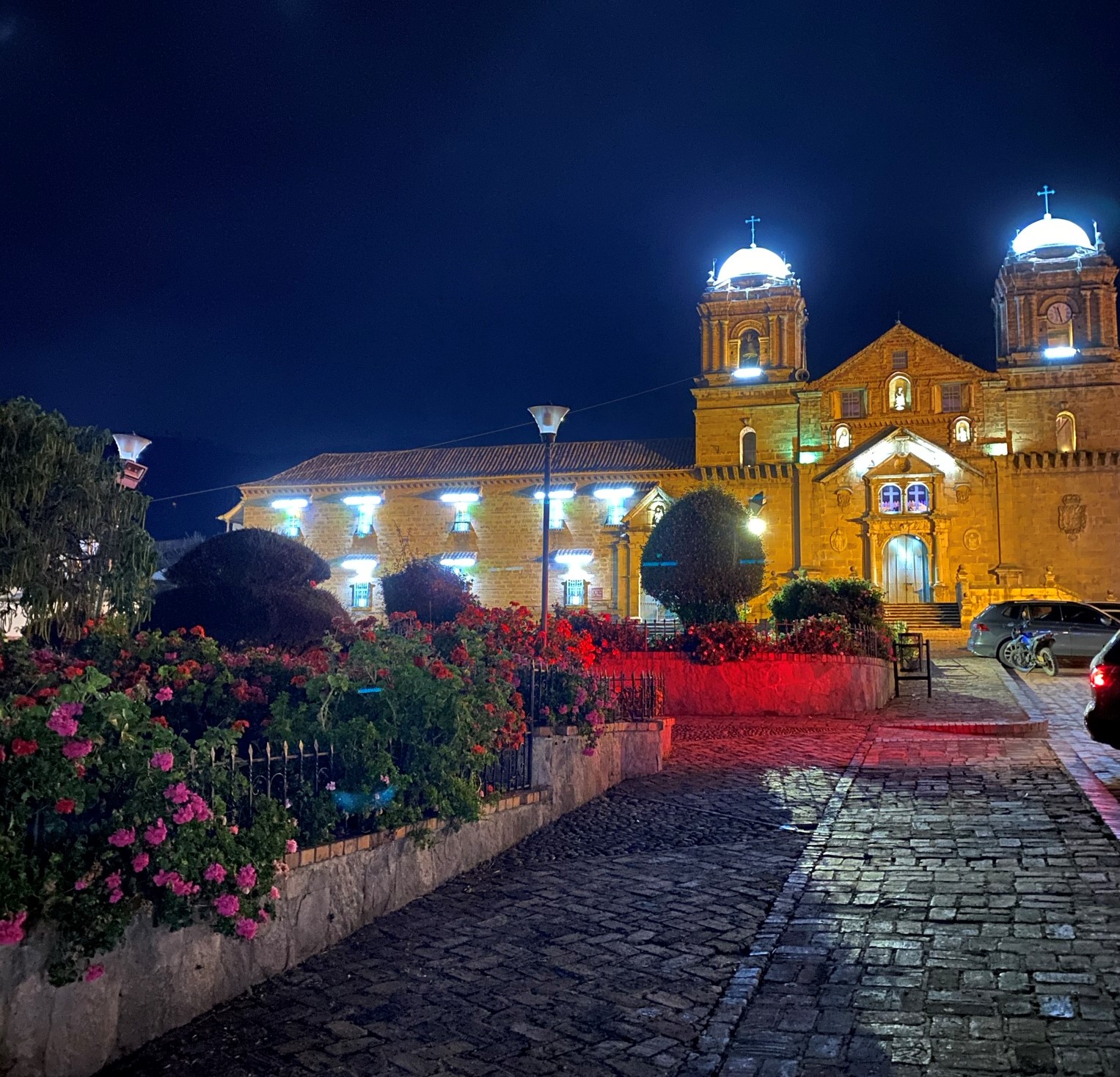
Dining and drinking
Since Monguí is not yet a tourists hotspot, the non-traditional food and drinks offer is very limited. However, they have plenty of affordable options to enjoy traditional dishes such as “cocido Boyacense”, Trucha, or Génovas. For night drinks, far away from the fancy wine-tasting of Villa de Leyva, the best experience in Monguí (which we could not experience due to COVID restrictions) is to sit at a local bar to drink some beer and aguardiente and mingle with the friendly locals and then walk under the beautiful night sky of the town.

Páramo de Oceta
Paramos are one of the most fascinating and endangered ecosystems in the world, they only exist in tropical countries with mountain elevations above 3000 mamsl like Colombia, and are responsible for ensuring water management throughout the dry and wet seasons, being the birthplace of most rivers and lakes in Colombia. These ecosystems are fragile and vulnerable to climate change, deforestation, and other human interventions. Therefore, you will need an official local guide (we recommend Maria tours) to explore this Páramo while ensuring its conservation. After a jeep-ride, 8 intense but wonderful hiking hours await you in Monguí, to experience one of the best preserved and most beautiful paramos of the world.
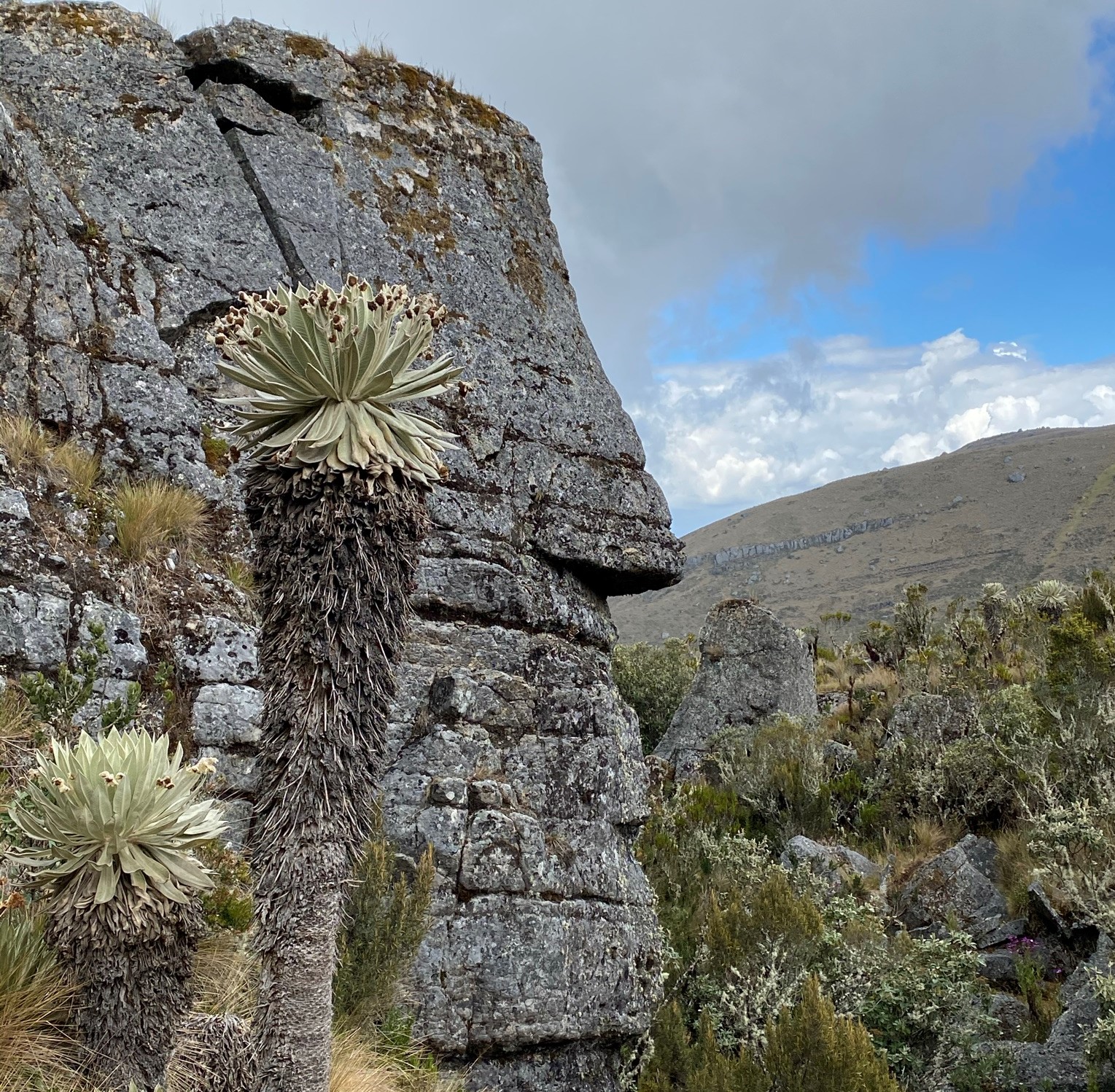
Muiscas’ sacked cemetery
One of the most impressive and fascinating things to see in the Páramo de Oceta is a thousands year-old indigenous cemetery, which to a clueless hiker might seem just as a beautiful rock formation. If you get the right guide (Maria or her team for example), you will get to combine this beautiful hike with an spiritual experience passing through the sacred lands of the Muiscas, and learning about their customs, culture, cosmogony and their death ritual, including the momification with gold of their corpses, which was the main reason for the cruelties and injustices these peoples experiences in this very same land a couple of hundred years ago.
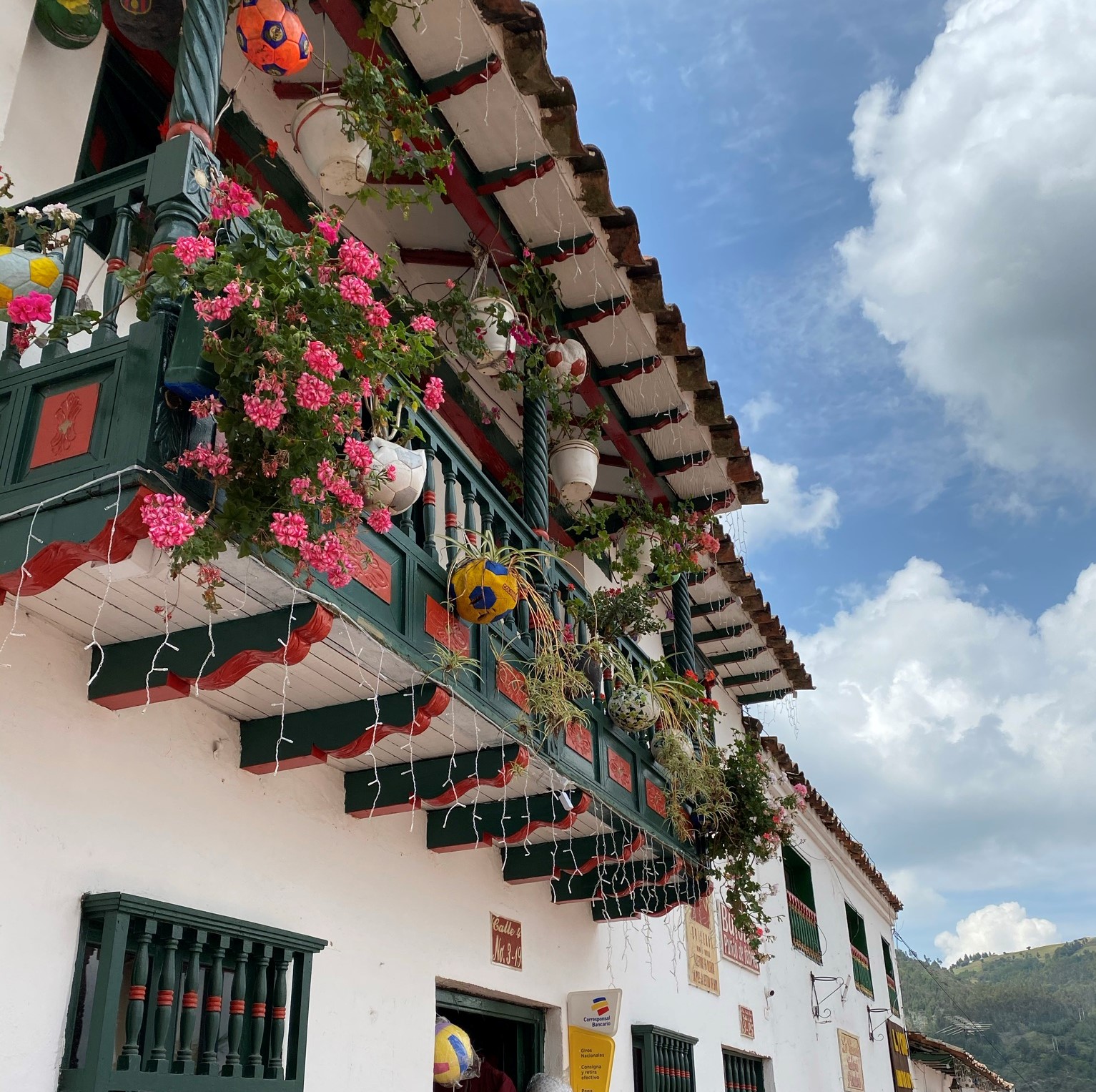
Balones de Monguí
There are very few things that awaken the passions of Colombians as football. Monguí is the living proof of this fact: while the local ball-manufacturing industry includes all sorts of balls, footballs are available in all colours, sizes and qualities one can imagine. This makes a visit to some of the local balls factories and shops a mandatory activity for Monguí: they are a living museum for footballs and the perfect place to buy a wonderful souvenir for any football fan.
As everything in Colombia, there is also a dark side to this nice balls manufacturing industry: in order to remain competitive with cheap imports (including from China), the industry is characterized by informal job contracts, low salaries, and questionable risk-management in the factories. Therefore, if you have the chance to buy something here, do not ask for a reduction in the price (balls are in any case very cheap) and if you can, leave a tip for the workers.
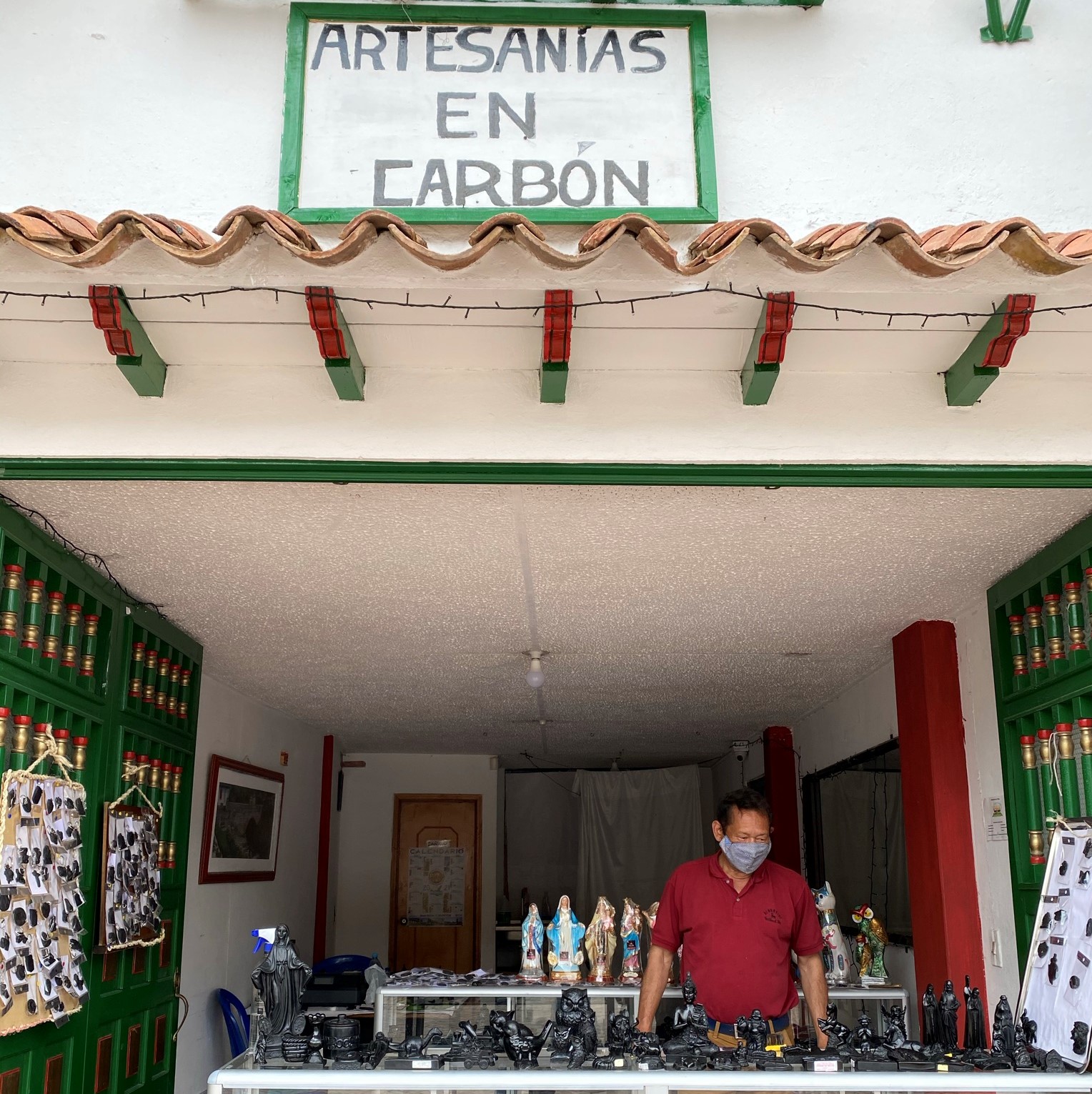
Coal handicrafts
The original connection with Monguí, lies in professional reason, related to its past as a coal-producing region in Colombia. Coal-mining in Boyacá is mostly done (still nowadays) with century old low-technified techniques, which makes underground mining a very dangerous and polluting activity. While this activity is still present in Monguí, the only local mine (which can be seen from the Páramo) will not get a life extension, bringing the end of this polluting industry to an end, without any transition plan for the affected workers from the government. Coal handicrafts, displayed in the main square will be soon probably the only reminder of this activity for future generations. However, not all other towns in Boyacá have the luck of a strong alternative industry, huge tourism potential, and low local opposition, that Monguí had to get away from this polluting economic activity. Our hope (and part of our work) is that the national government will create just transition plans and strategies to ensure nobody is left behind as Colombia moves away from fossil-fuels use and production, as required to mitigate the climate crisis.


